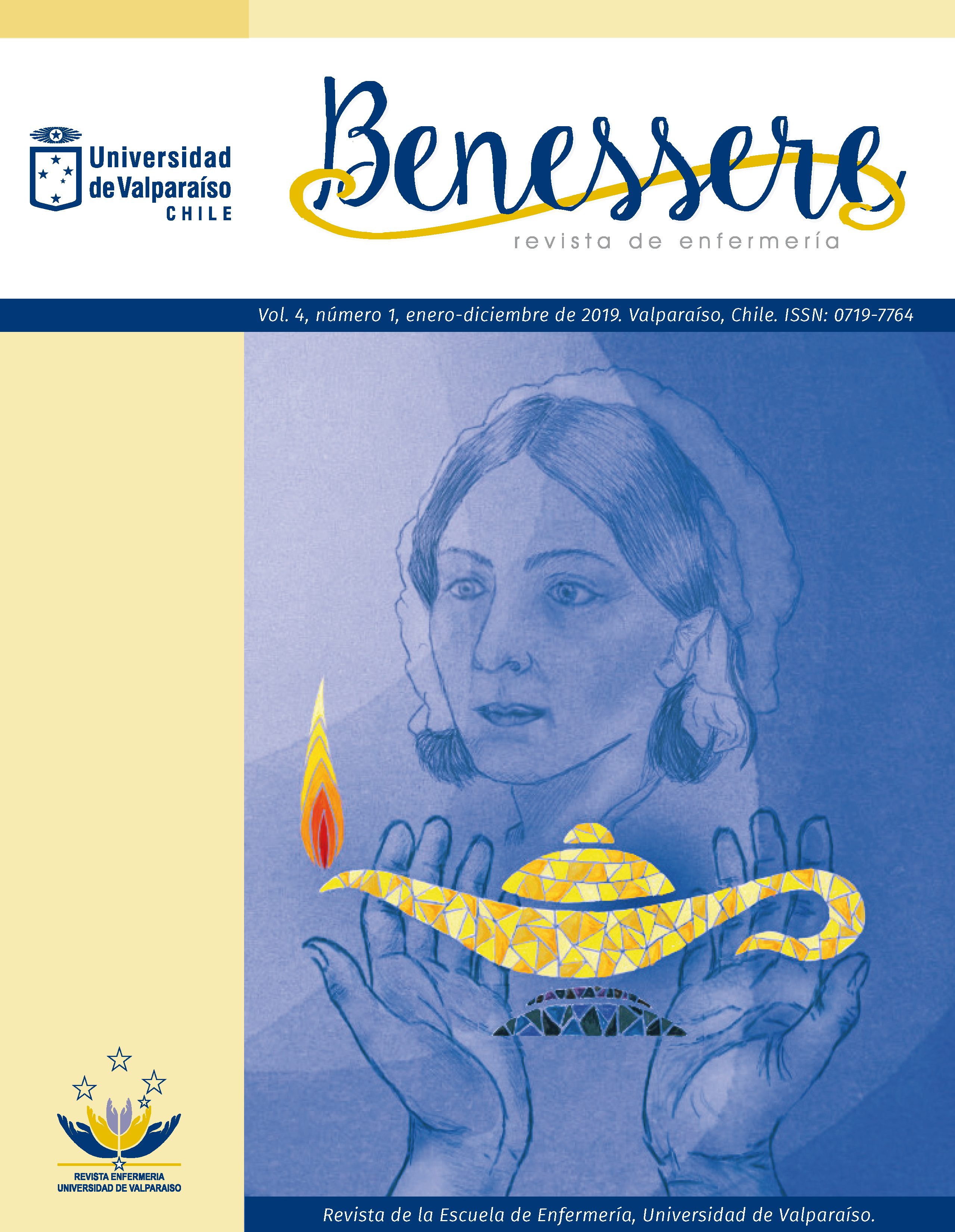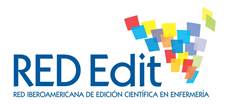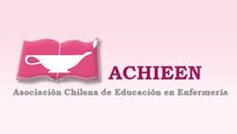Úlceras por presión en pacientes de un hospital de alta complejidad en Chile
DOI:
https://doi.org/10.22370/bre.41.2019.2303.Palabras clave:
Úlcera por presión, atención de enfermería, servicios hospitalarios (DeCS)Resumen
Introducción. Dentro de los Eventos Adversos (EA) que se reportan relacionados con la Gestión del Cuidado de Enfermería se encuentran las Úlceras Por Presión (UPP). Estas lesiones cobran un protagonismo especial al momento de caracterizar los eventos más frecuentes en relación con el cuidado enfermero, tanto por el aumento de los días de estadía hospitalaria como por los altos costos económicos y emocionales asociados. El objetivo del estudio fue describir
las características de las UPP en pacientes adultos ingresados en un hospital de alta complejidad en Chile. Material y Método. Estudio descriptivo y retrospectivo. Se analizó una muestra de 265 pacientes (mayor o igual a 15 años), hospitalizados en un establecimiento de salud de alta complejidad de la región de Ñuble, que presentaron úlcera(s) por presión notiicada(s) como EA mediante formulario establecido institucionalmente, en el periodo 2016-2017. Se
utilizó estadística descriptiva y el programa SPSS versión 25. Resultados. Los servicios clínicos con mayor notiicación de UPP fueron, Cirugía Indiferenciada (38,1%), Unidad de Paciente Crítico Adulto (18,9%) y Medicina (17,7%). Las UPP se localizan principalmente en zona sacra (29,4%) y talón (24,9%). El promedio UPP por paciente es de 1,3 (DS= 0,69) y se clasifican mayoritariamente en estadio I y II. La incidencia de UPP a nivel hospitalario fue igual al 0,79% y se pueden presentar desde el primer día de hospitalización. Conclusión. Es trascendental que el profesional de enfermería analice este EA, para implementar medidas de enfrentamiento efectivas, que contribuyan en la mejora de la calidad de los cuidados enfermeros.
Descargas
Descargas
Publicado
Número
Sección
Licencia
Aquellos autores/as que tengan publicaciones con esta revista, aceptan los términos siguientes:
- Los autores/as conservarán sus derechos de autor y garantizarán a la revista el derecho de primera publicación de su obra, el cuál estará simultáneamente sujeto a la Licencia de reconocimiento de Creative Commons que permite a terceros compartir la obra siempre que se indique su autor y su primera publicación esta revista.
- Los autores/as podrán adoptar otros acuerdos de licencia no exclusiva de distribución de la versión de la obra publicada (p. ej.: depositarla en un archivo telemático institucional o publicarla en un volumen monográfico) siempre que se indique la publicación inicial en esta revista.
- Se permite y recomienda a los autores/as difundir su obra a través de Internet (p. ej.: en archivos telemáticos institucionales o en su página web) antes y durante el proceso de envío, lo cual puede producir intercambios interesantes y aumentar las citas de la obra publicada. (Véase El efecto del acceso abierto).









